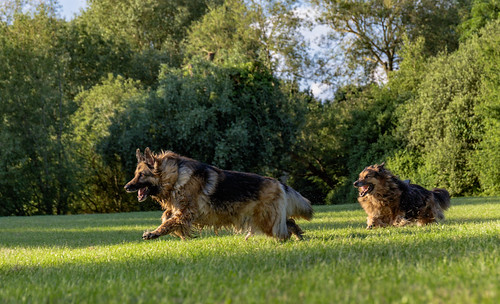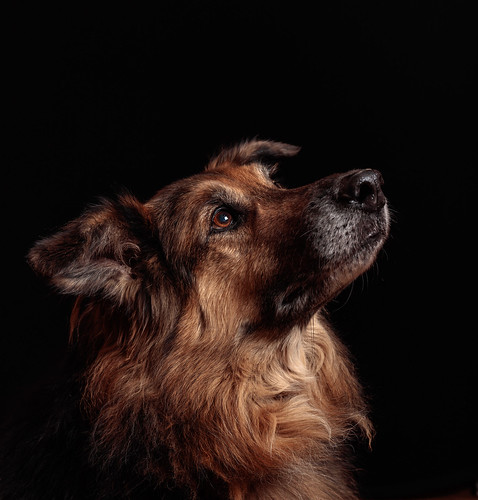- Messages
- 251
- Name
- jo
- Edit My Images
- Yes
I'm looking to build my own little studio (when I say little I mean, there's not a lot of room in my summerhouse) so want something that is portable and has the ability to be battery powered. But not sure which way to go, flash heads or LED continuous lighting?
Question or should I say questions being.
If I go for the LED continuous lighting, what would I be looking at to ensure that I have enough power and versatility in strength to obtain good lighting within a Studio and Outdoor environment, I've seen so many different types of LED continuous lighting at various ranges of pricing, how to I work out, which is going to be cheap/medium rubbish to ones that will meet my needs, give a very good/high quality of light source etc.
With the flash head,
Again which type are good using a battery, will fit my needs but also work well out on location, and won't need me to start weight lifting classes to lug around if I decide to take them out on location.
Or would it be better to see if I can combine both, say two flash heads and one LED, or perhaps 2 LED"S with one Flash head to use as a main key light?
Really don't know which way to go on this one, nor what would be a reasonable cost for the products that will fit my needs to get up and going.
P.S
So far, I've used a couple of speed lights just to get started, with a couple of flat panels LED. which really only useful when placed with an inch or so of a rather small static subject.
Question or should I say questions being.
If I go for the LED continuous lighting, what would I be looking at to ensure that I have enough power and versatility in strength to obtain good lighting within a Studio and Outdoor environment, I've seen so many different types of LED continuous lighting at various ranges of pricing, how to I work out, which is going to be cheap/medium rubbish to ones that will meet my needs, give a very good/high quality of light source etc.
With the flash head,
Again which type are good using a battery, will fit my needs but also work well out on location, and won't need me to start weight lifting classes to lug around if I decide to take them out on location.
Or would it be better to see if I can combine both, say two flash heads and one LED, or perhaps 2 LED"S with one Flash head to use as a main key light?
Really don't know which way to go on this one, nor what would be a reasonable cost for the products that will fit my needs to get up and going.
P.S
So far, I've used a couple of speed lights just to get started, with a couple of flat panels LED. which really only useful when placed with an inch or so of a rather small static subject.





 The Chase-5304
The Chase-5304
 Ellie-6728
Ellie-6728 Jones cropped-6912
Jones cropped-6912